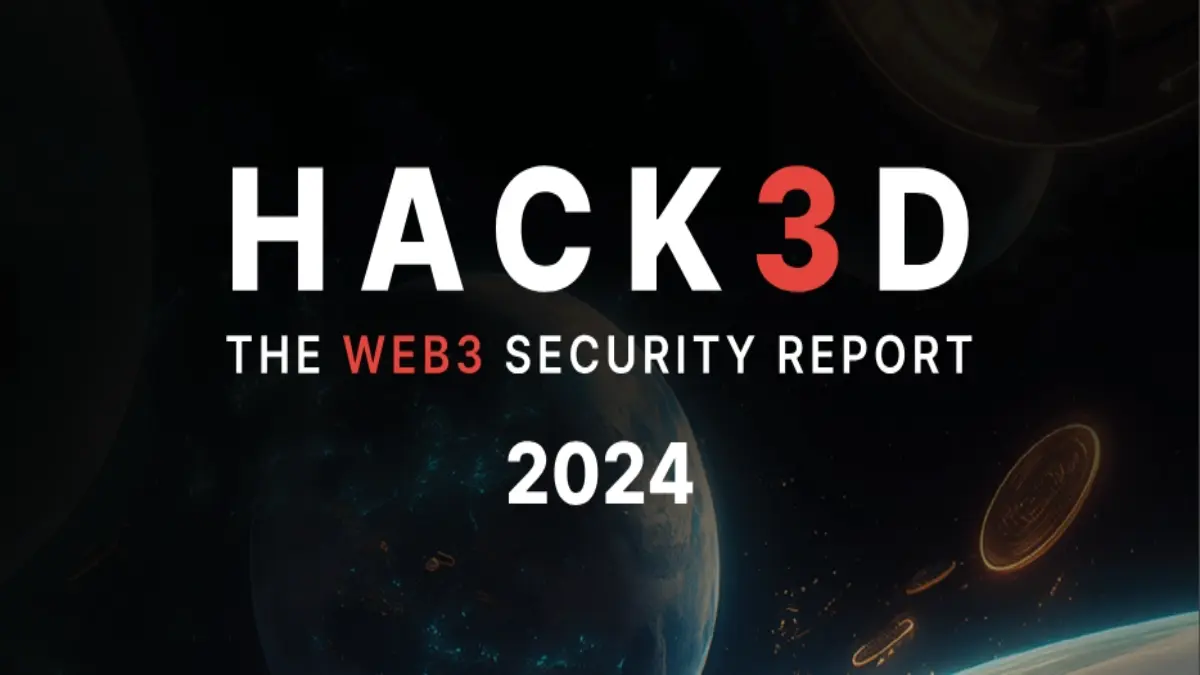
CertiK, a leading blockchain security firm, has released its comprehensive Web3 security report, Hack3d, for 2024. This report provides detailed statistics and analysis of Web3 security incidents, highlighting the substantial challenges and vulnerabilities faced by the ecosystem.
In 2024, the Web3 space witnessed a staggering loss of over $2.3 billion across 760 on-chain security incidents. This represents a 31.6% increase in value stolen compared to 2023. The report also reveals that phishing attacks and private key compromises were the top attack vectors, resulting in approximately $1 billion and $855 million lost, respectively.
Phishing Attacks: The Leading Threat
Phishing attacks accounted for nearly half of all value stolen in 2024, with 39% of the incidents attributed to this method. The simplicity and effectiveness of phishing make it a popular choice among attackers. By crafting deceptive emails, fake websites, or fraudulent messages, attackers trick users into divulging sensitive information like passwords, private keys, or wallet addresses. In the crypto space, the irreversible nature of transactions makes phishing particularly devastating.
Private Key Compromises: A Major Concern
Private key compromises were the second most significant attack vector in 2024, resulting in $855 million lost. These incidents highlight the importance of securing private keys and using robust security measures to protect sensitive information.
Improving Ecosystem Security
Despite the increase in overall value stolen, the report suggests that ecosystem security is improving. Excluding phishing-related losses, the number of incidents breaking $100 million in losses has decreased. The only incident from 2024 to make it into the top 20 incidents since January 2021 was WazirX at $231 million.
Most Exploited Blockchains and Industry Developments
The Hack3d report also analyzes the most exploited blockchains of 2024, comparing amounts stolen against factors like total value locked (TVL). It highlights notable industry developments and provides best security practices for crypto participants.

